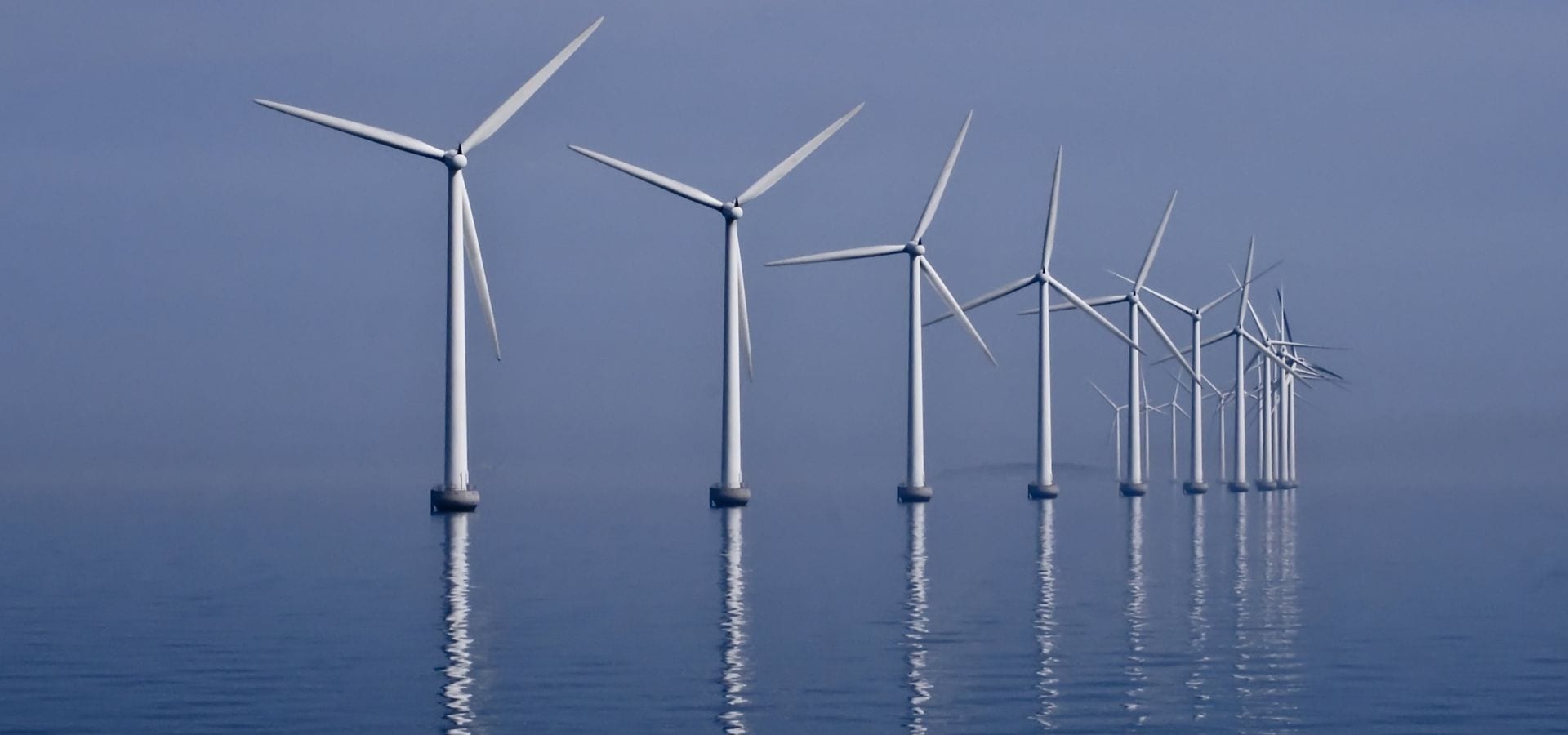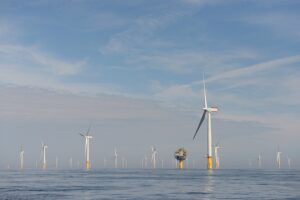Spanish electricity giant Iberdrola has begun throwing its weight around in the floating offshore wind industry, announcing its involvement in two European demonstration projects, one of which will utilise a 10MW turbine and a semi-submersible floating concrete structure.
Iberdrola has already made a name for itself as a renewable energy giant, with renewable energy sources accounting for 70% of its owned installed capacity as of the end of 2019.
The company currently boasts one of the lowest emissions – with emissions around two-thirds lower than those of their European competitors – and has set itself a target of achieving carbon net neutrality by 2050 – with its emissions intensity in Europe to be almost zero by 2030.
It is unsurprising, therefore, to see Iberdrola begin to move its considerable weight behind the floating offshore wind sector, arguably one of the most important next-generation renewable energy technologies. According to the first of two recent announcements, Iberdrola will lead an international consortium to build a 10MW+ wind turbine atop a semi-submersible concrete structure, the OO-Star Wind Floater, off the coast of Norway.
The consortium, known as Flagship, is also hoping to secure a €25 million ($A44.6 million) grant from the European Commission’s Innovation and Networks Executive Agency later in the year to help fund the project’s development, which it hopes will begin installation in the first quarter of 2022.
Other companies involved in Flagship include Core-Marine, Cener, IHC and Zabala Innovation Consulting in Spain, French EDF, Danish DTU, and DNV-GL in Germany.
“Iberdrola aims to be a leading player in the floating offshore wind sector, and the demonstration projects that we are developing will ensure we are ready for engaging in large-scale commercial floating wind projects in the near future,” said Jonathan Cole, Iberdrola’s Global Managing Director for Offshore Wind.
“There is tremendous potential globally for floating technology, as it will open up new markets where water conditions restrict the development of traditional offshore projects. We are not tied to any one technology, and we have had a team actively analysing all developments in the sector for many years.
“Now is the right time to move from research and development in to putting turbines in the water and increasing our knowledge.”
The main goal of the Flagship project is to help reduce the Levelised Cost of Electricity (LCoE) for floating offshore wind to between €40-€60 per MWh by 2030 – a target which has previously been outlined by European wind energy trade body WindEurope.
Iberdrola is also looking to join a future floating offshore wind demonstration project in Spain which would utilise a different technology to that which is being used in Norway. Specifics of the project will be finalised later this year, but manufacturing is set for the Basque Country with deploying in waters around the Canary Islands or in the Basque Country.










